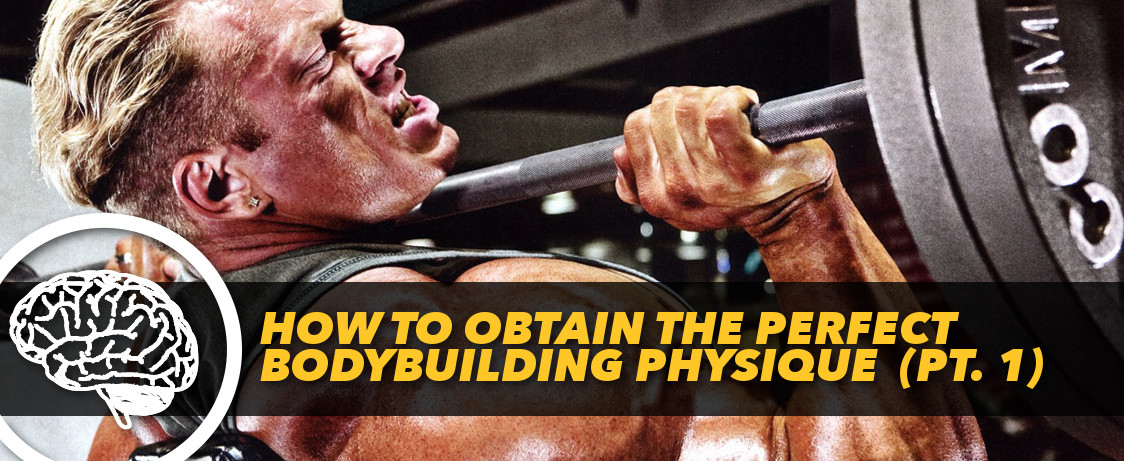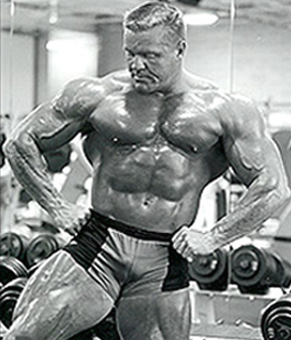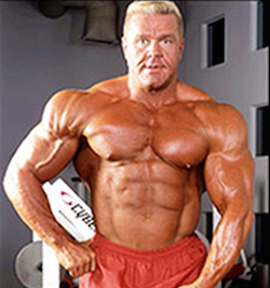Everything you need to know about program design for physique development.
This is the first part of a three-part series. You can click here for part 2 and part 3.
After four decades as an expert in all things fitness and body transformation-related, it’s amazing to me that the same illusions and inconsistencies exist today as existed decades ago.
The fact is that even many “experts” don’t have a handle on proper, precise and effective program design for muscle development. There is far too much “spill over” of strength experts, who come to the game with their own paradigm and training biases. I can tell you, this “strength bias” in program design, with respect to muscle development, may be the very thing holding you back from the gains you are seeking.
Furthermore, it’s one thing to put on muscle mass, but what about balanced and aesthetic muscle mass? “Mass with class,” if you will? Who talks about this these days, when talking about how to gain mass? Well, I do! Here are a couple picture of me illustrating “mass with class” of balanced physique from back in the day.
What few of today’s experts I talk to seem to understand are the major differences between “strategy” and “tactics” when it comes to program design and implementation.
.
- Strategy is all about program design. It has to do with how many days per week the program is written for, the amount of volume of sets and reps; it has to do with formulating how many times per week a bodypart will be targeted, or if you are going to focus on “bodypart” training at all. Strategy has to do with how workout rotations will be used. For example, the “linear periodization schemes” used to develop strength have absolutely no place in program design strategy for gaining muscle mass and balanced muscle development.
- By contrast, Tactical elements are all about program implementation: what equipment tools will you use: barbells, dumbbells, medicine balls, kettlebells, as well as what application tactics you will use like supersets, extended sets, strip sets, training to failure or not training to failure, and so on. These are all “tactical” elements of program implementation and they speak directly about the “trainee” specifically.
.
These are BASIC (very basic) elements of program-design.
When you talk about the “Fundamentals” of program design, there are two elements to it, buried in the word itself. First, the fundamentals of program design and implementation must always emphasize the “fun” element. This part is up to you the trainee.
In addition to that, there is also “da mental” element of program design, strategy and tactical implementation. And this one is all about the expert who designs the program.
For example I have around 700 program-design templates. 700! Why? Because one size does not fit all! Anyone who has read even a little of my work will be familiar with this “Abelism”:
“A proper and effective workout is MORE THAN a collection of exercises, and a proper and effective program is MORE THAN a collection of workouts.”
If you do not fully understand and embrace that reality, you won’t get very far with your physique goals. Only the most genetically elite get away with ignorance not holding them back from making progress.
So, with that in mind, let’s discuss a few important elements of program-design STRATEGY AND STRUCTURE, especially when the goal is gaining muscle mass and balanced physique lines (as in “mass with class”).
Continue to page 2 for strategy and structure techniques to help you build a balanced physique!











